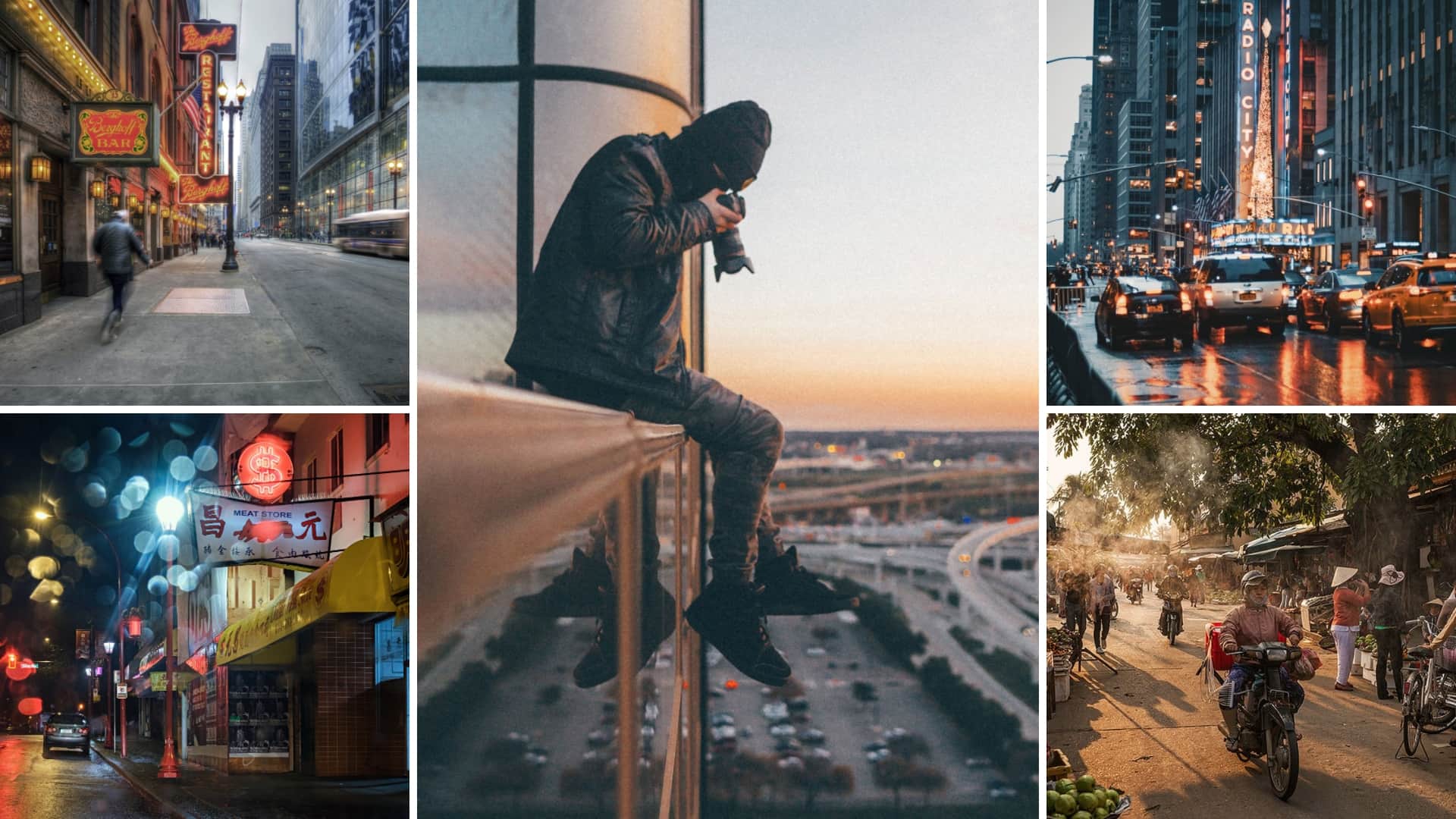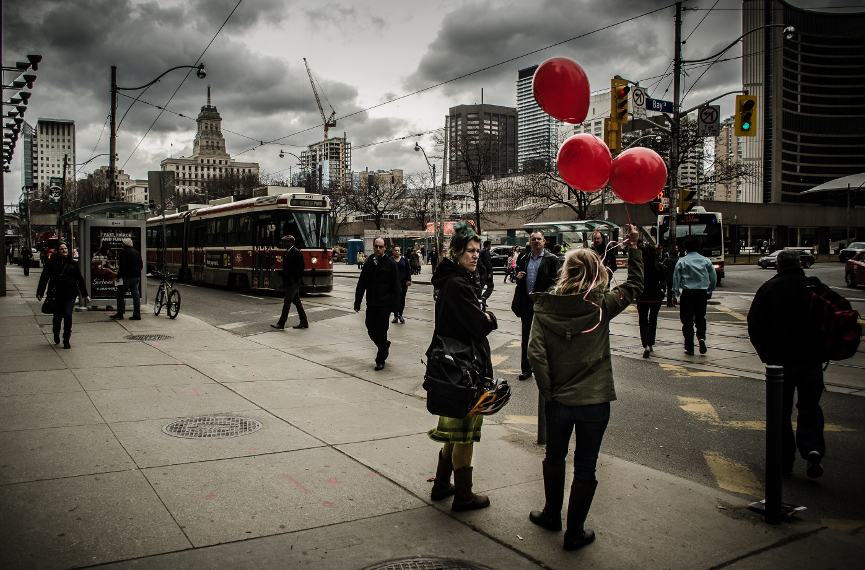The Framing Streets Ideas
The Basic Principles Of Framing Streets
Table of ContentsNot known Details About Framing Streets The 5-Second Trick For Framing Streets7 Easy Facts About Framing Streets ExplainedThe Single Strategy To Use For Framing StreetsThe Only Guide for Framing StreetsSome Known Facts About Framing Streets.
, normally with the objective of catching pictures at a crucial or poignant moment by careful framing and timing. https://soundcloud.com/framingstreets1.
The Framing Streets Ideas
Susan Sontag, 1977 Road photography can concentrate on individuals and their habits in public. In this respect, the street digital photographer resembles social documentary photographers or photographers that also function in public locations, yet with the goal of catching newsworthy occasions. Any of these photographers' pictures may record people and residential or commercial property noticeable within or from public places, which usually entails browsing moral problems and regulations of personal privacy, safety and security, and building.
Representations of everyday public life form a genre in practically every period of world art, beginning in the pre-historic, Sumerian, Egyptian and early Buddhist art periods. Art taking care of the life of the road, whether within views of cityscapes, or as the leading concept, shows up in the West in the canon of the North Renaissance, Baroque, Rococo, of Romanticism, Realistic look, Impressionism and Post-Impressionism.
Framing Streets Can Be Fun For Anyone
Louis Daguerre: "Boulevard du Holy place" (1838 or 1839) In 1838 or 1839 the very first photo of numbers in the street was videotaped by Louis-Jacques-Mand Daguerre in among a pair of daguerreotype views taken from his studio window of the Blvd du Holy place in Paris. The 2nd, made at the height of the day, reveals an uninhabited stretch of street, while the various other was taken at about 8:00 am, and as Beaumont Newhall records, "The Boulevard, so continuously loaded with a moving bunch of pedestrians and carriages was perfectly singular, other than an individual that was having his boots brushed.
, that was motivated to embark on a similar documentation of New York City. As the city developed, Atget helped to advertise Parisian roads as a worthwhile subject for photography.

Framing Streets Fundamentals Explained
Andre Kertesz.'s extensively admired Images la Sauvette (1952) (the English-language version was entitled The Crucial Minute) advertised the concept of taking an image at what he called the "definitive minute"; "when kind and content, vision and composition combined into a transcendent whole" - sony a7iv.
Fascination About Framing Streets
The recording machine was 'a hidden video camera', a 35 mm Contax hidden below his layer, that was 'strapped to the chest and attached to a long wire strung down the best sleeve'. Nonetheless, his job had little modern effect as due to Evans' sensitivities about the creativity of his job and the privacy of his Visit Website subjects, it was not released till 1966, in guide Numerous Are Called, with an intro composed by James Agee in 1940.
Helen Levitt, after that an educator of young children, linked with Evans in 193839. She recorded the transitory chalk drawings - Sony Camera that were part of youngsters's street culture in New york city at the time, as well as the children who made them. In July 1939, Mo, MA's new photography area included Levitt's work in its inaugural exhibitionRobert Frank's 1958 publication,, was considerable; raw and typically out of focus, Frank's pictures questioned mainstream photography of the time, "tested all the official rules laid down by Henri Cartier-Bresson and Pedestrian Evans" and "contradicted the wholesome pictorialism and sincere photojournalism of American magazines like LIFE and Time".